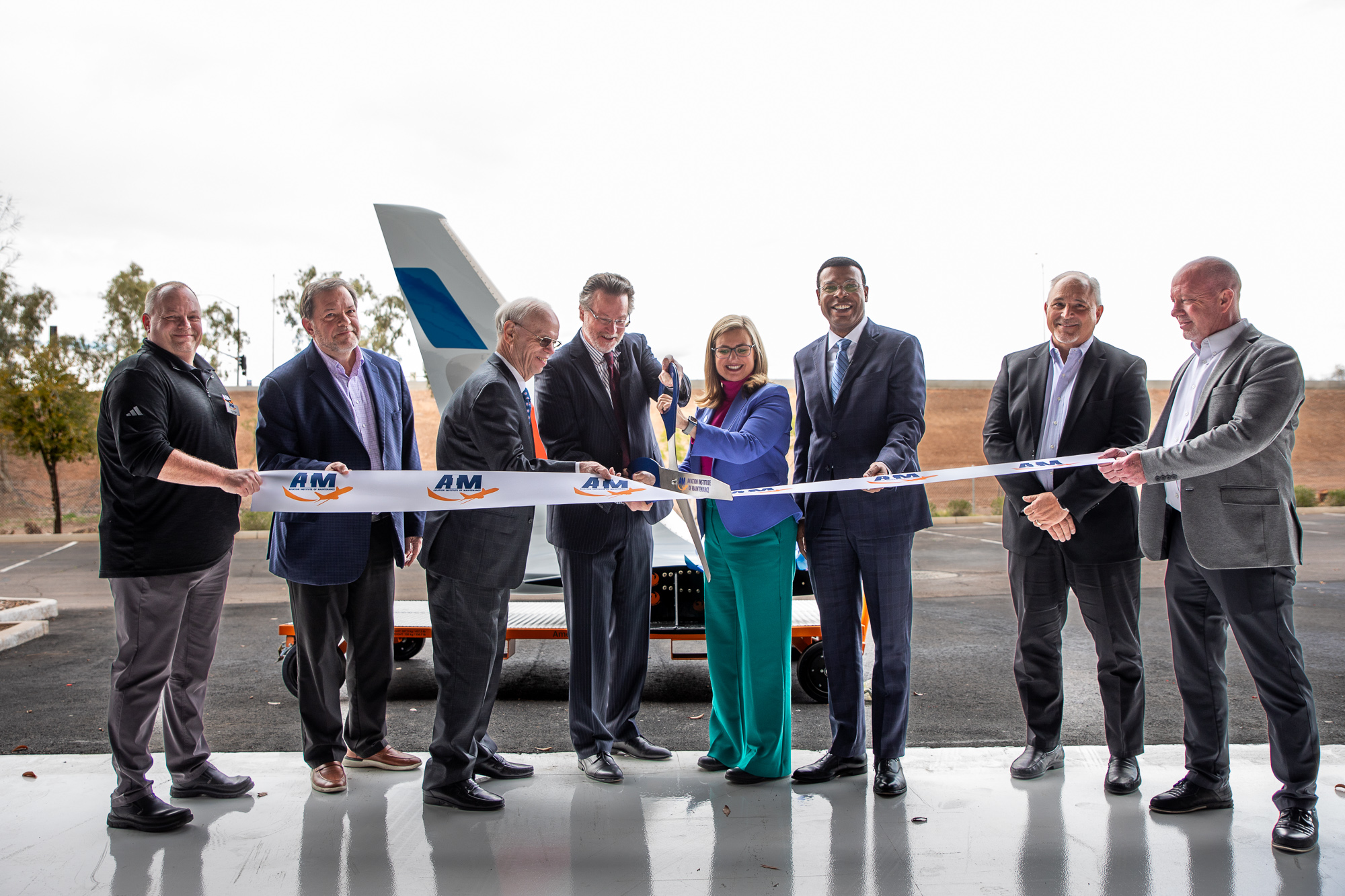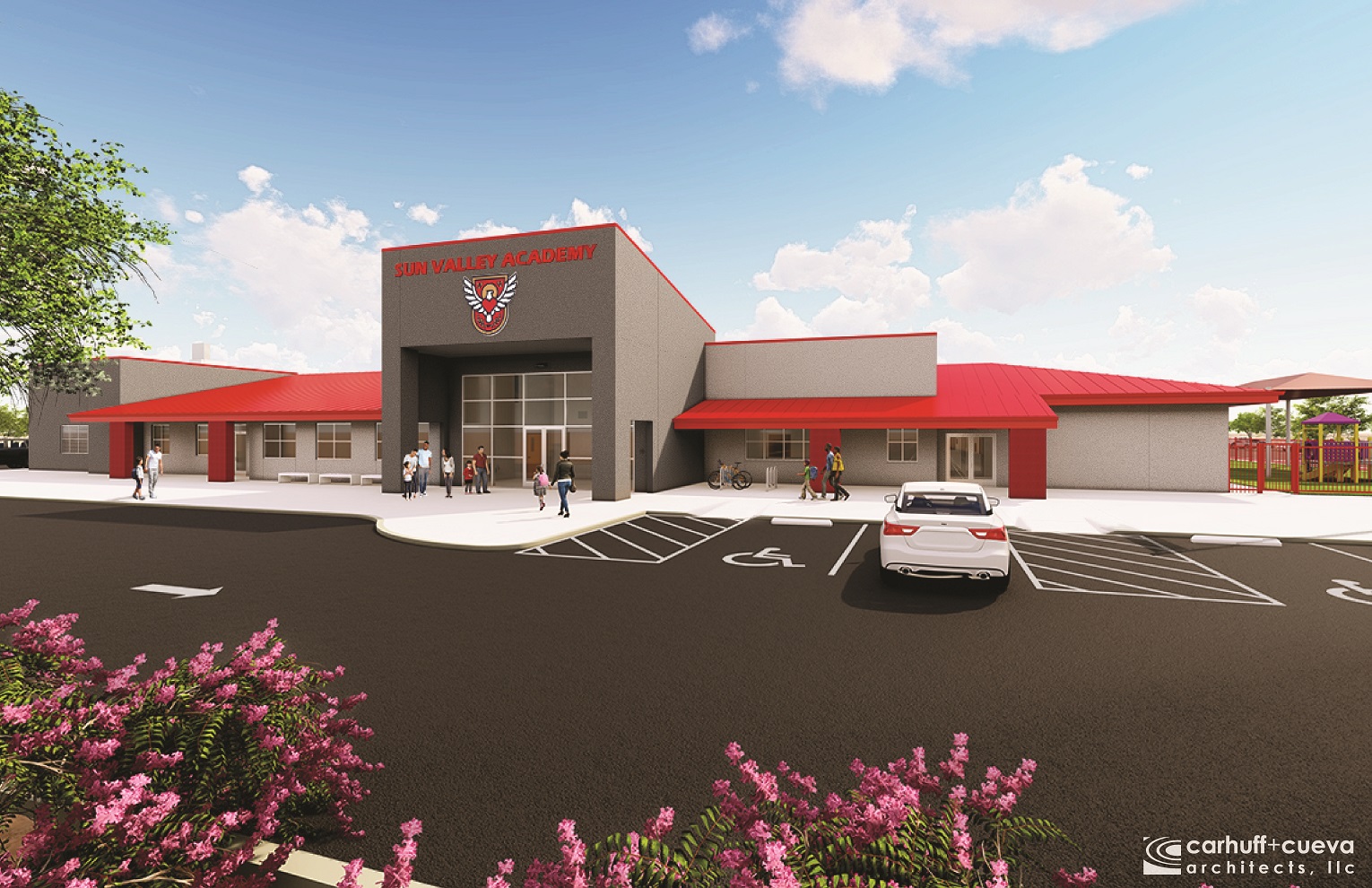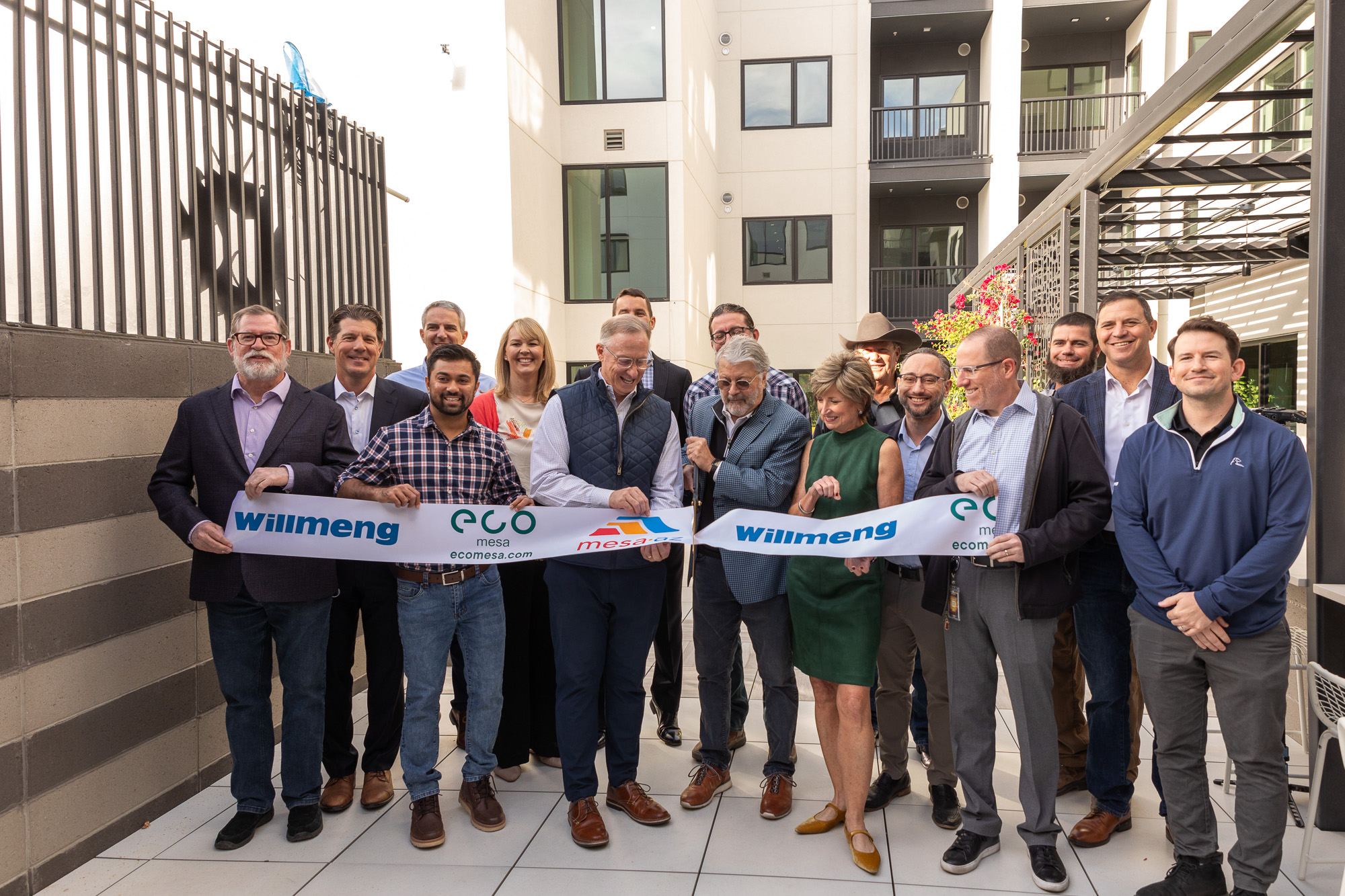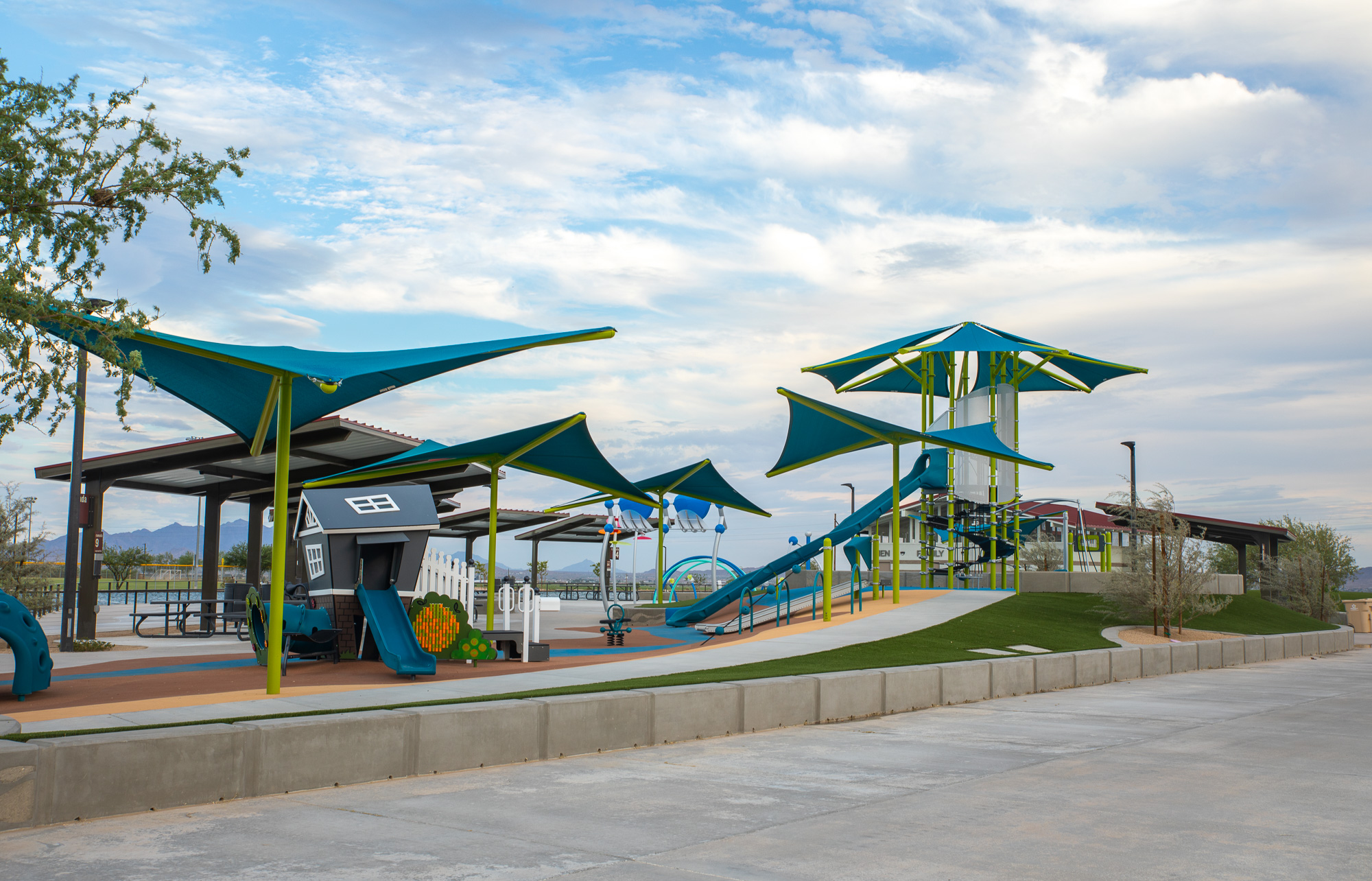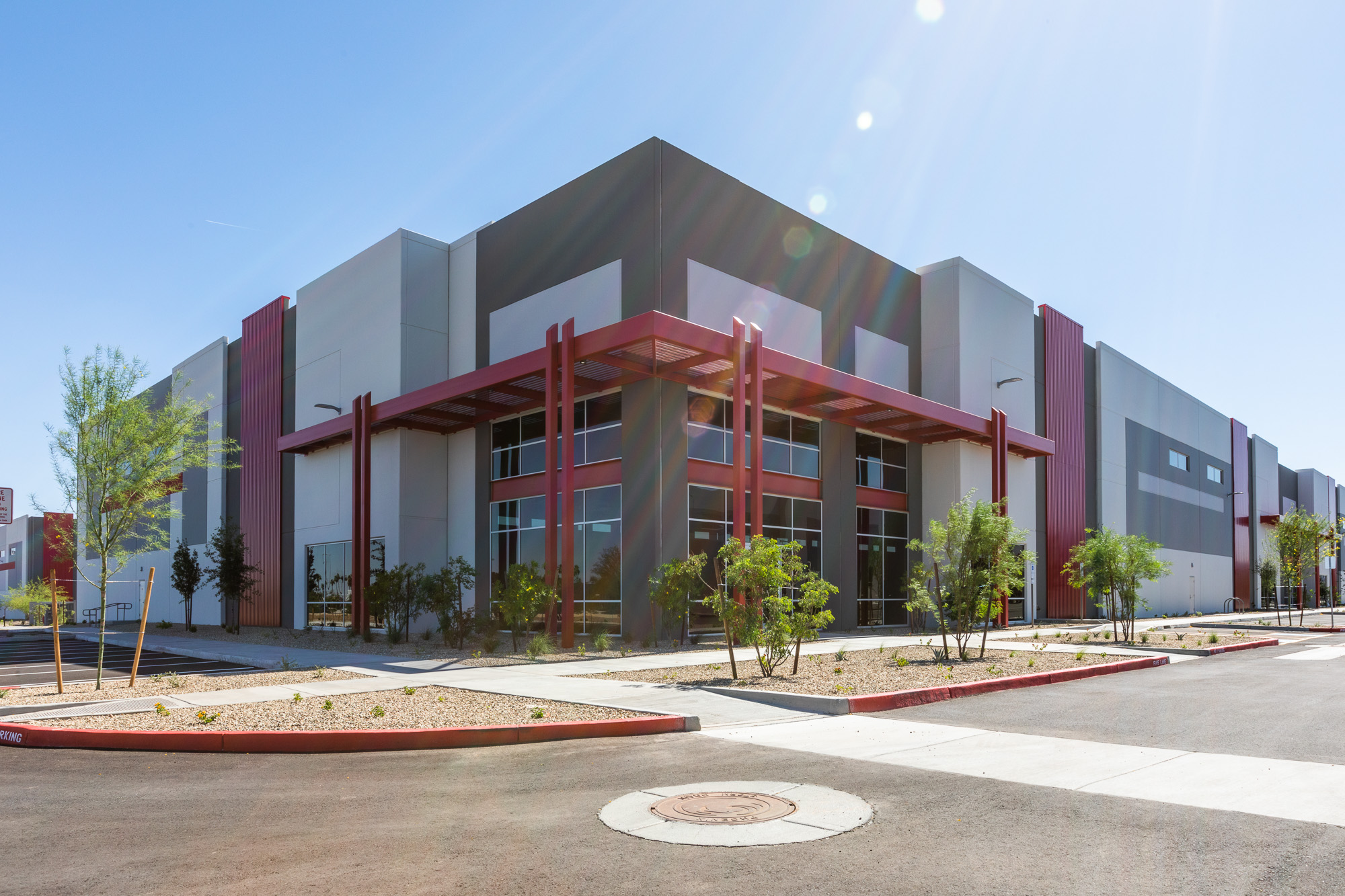ULI ARIZONA TRENDS DAY:
The 16th ULI Arizona Trends Day was held virtually over two days, April 16-17, and Arizona’s manufacturing industry took center stage. Willmeng was one of the main sponsors of the 2021 Trends Day and participants received some valuable insight and updates on key economic development trends in the state.
PANEL DISCUSSION:
A highlight of the event was the Arizona’s Explosive Growth in Manufacturing panel that was held on April 16. The panel focused on Arizona’s recent success in attracting major investment in the semiconductor manufacturing sector. This discussion was sparked by the the Taiwan Semiconductor Manufacturing Company’s announcement that it will build a $35 billion advanced manufacturing facility in Phoenix. Intel also revealed that they are going to invest $20 billion to expand its operations in Chandler. Arizona is also in the running to land a Samsung semiconductor manufacturing facility, which would be a $17 billion investment.
The panel was moderated by Grace O’Sullivan, vice president for Corporate Engagement and Strategic Partnerships at Arizona State University Knowledge Enterprise. She was joined by Laura Matz, Ph.D., Vice President of Planatization at EMD Group; Micah Miranda, Economic Development Director at the City of Chandler; and Jim Rounds, President at Rounds Consulting Group, Inc.
HOW PREVALENT IS SEMICONDUCTOR TECHNOLOGY?
Matz set the stage for the discussion by highlighting just how prevalent semiconductor technology has become in people’s everyday lives; from coffee machines to cell phones to cars and planes. She noted that the growth was expected to happen over a longer period of time, but with the onset of the COVID-19 pandemic, it exploded.
“U.S. support for bringing semiconductor manufacturing back to the U.S. has really accelerated in the past several years,” Matz said. “The industry has strong support, and Arizona is winning and bringing a lot of that manufacturing to Arizona.”
HOW DOES TAX POLICY ATTRACT AND RETAIN SEMICONDUCTOR COMPANIES?
Miranda followed up those comments by point out the importance of tax policy in helping attract and retain semiconductor companies, both on the manufacturing and supply side of the equation. He said the county and state officials must look at ensuring that the tax policies match the innovation economy that Arizona seeks.
“We have to evolve our tax structures to support the industries that are going to increase our competitiveness well into the future,” Miranda said.
He also pointed out that these major investments have positive effects that spread far from the cities that the factories are located in. It is important that these cities get support from the state and federal levels to pay for any infrastructure that needs to be added to accommodate these large facilities that are strong economic engines for the region.
WHAT IMPACT DOES THIS HAVE ON ARIZONA?
“The municipalities are working with our federal delegation to help them understate what actually has to happen in the public sphere to make these projects happen, especially around the infrastructure side,” Miranda said. “This is very expensive, very timely. We have to help them understand at the state level, these benefits aren’t just sequestered to Chandler. The economic benefits from these projects spill out across our borders.”
Rounds echoed that notion, and pointed out that if an advanced manufacturing plant employs 1,000 workers in microchip production, the impact of that is $300 million over a decade for the state of Arizona.
“These are huge impacts. It’s a big deal that we address these,” Rounds said. “We’re talking about building the economic foundation for the state.”
Rounds pointed out that the per capital income rate in Arizona has been sliding downward when compared to competing markets like Utah, Texas and Colorado. He said that it is important for Arizona to add the kinds of high wage jobs that come with these major manufacturing facilities that companies like Intel, TSMC and Samsung can bring to the state.
HOW CAN ARIZONA CONTINUE TO RETAIN AND ATTRACT TOP COMPANIES?
Miranda talked about Arizona’s recent success in attracting these major projects, noting that the growing workforce has been a key factor. Arizona State University has been a key player in the market, churning out well-qualified graduates in crucial growth fields such as engineering. Also, the state has maintained its pro-business environment, making relocating to or opening a business in Arizona much easier and less costly than other markets.
All three panelists made note of the need for investment in smaller companies that will likely spin off of these large, global firms that are setting up operations in Arizona. This investment can be fueled by the state government, offering incentives for investment firms to put their money into companies that are hoping to become the next trailblazer in the industry.
Rounds also drove home the point that government needs to take a hard look at the return on investment when contemplating putting funds into institutions that help attract advanced manufacturing facilities.
“Businesses spend money to make money,” Rounds said. “We can be putting money that we get from landing these businesses and put it into some of the educational projects like ASU’s New Economy Initiative and additional community college support. Then we end up with a positive return on investment for the taxpayers.”
For Matz, one key point was the fact that these new facilities are being built to take the companies to the next generation of technology. The microchips and processors that will be built in Arizona will go into the latest devices that are being developed, be they the next iPhone, or robots or devices that use artificial intelligence.
“These companies are putting down investments today, but they will also be looking at how they advance their technology for the future,” Matz said. “This is such a significant step for Arizona and if we sort of fuel that opportunity it can really accelerate future investments and really create a significant bump in the economy. It will take the recognition that innovation is at the core of these companies. They live and die based on technology, so that has to be an element.”
To learn more about ULI Arizona Trends Day, click here.



